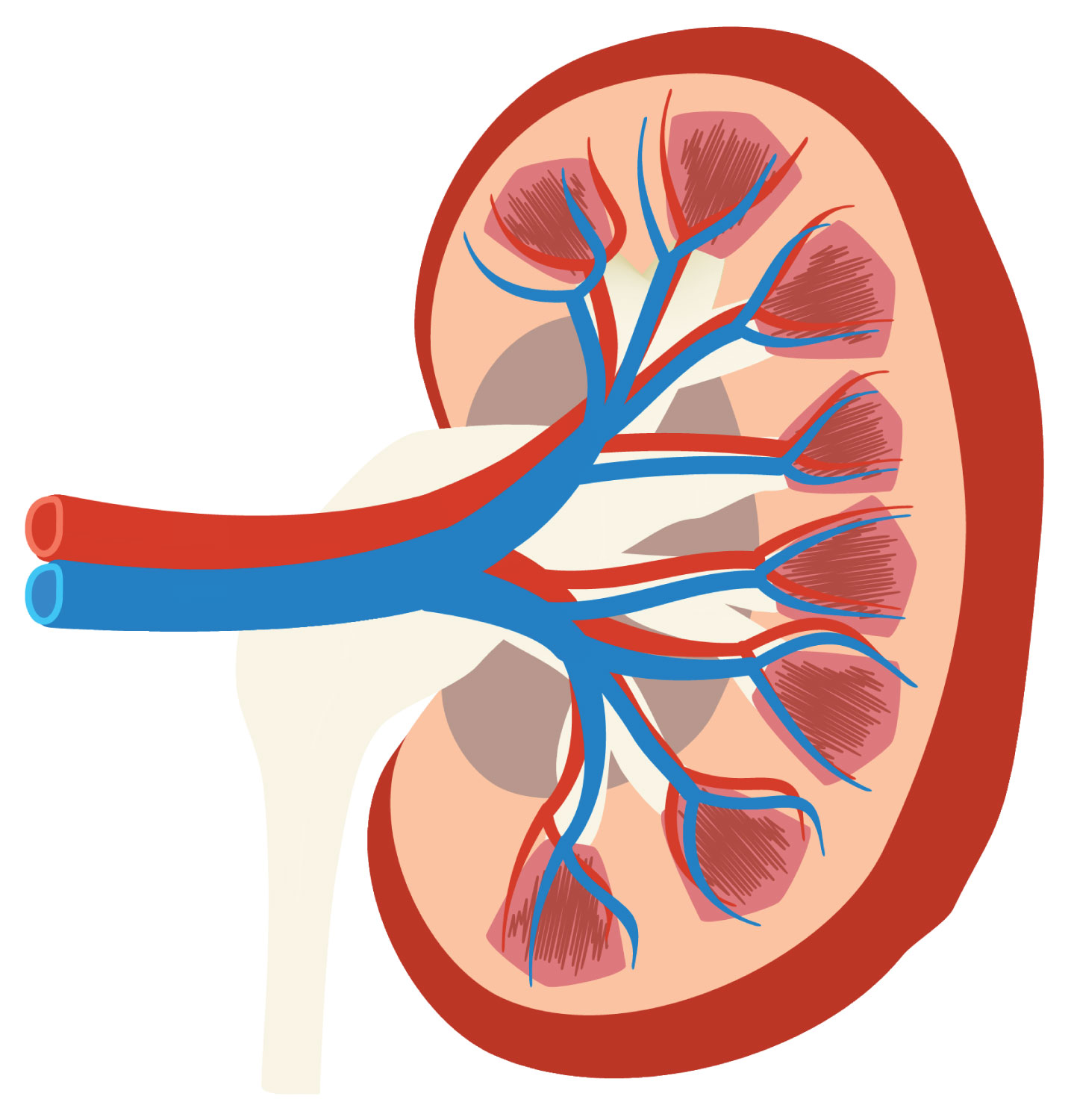
Kidneys filter toxins, waste, and excess fluids from all our blood every 30 minutes. They also help manage blood pressure, stimulate production of red blood cells, and keep our bones healthy.
Chronic kidney disease (CKD) develops when kidneys become damaged and stop working properly for longer than three months. When the kidneys don’t work well, the wastes and fluids building up in the body can cause high blood pressure, heart disease, stroke, and premature death.
To measure kidney function, physicians look at patients’ glomerular filtration rate (GFR), which determines how much blood is passing through the glomeruli, or tiny filters in the kidneys that remove waste from the blood.
The most accurate way to measure GFR is a cumbersome process involving intravenous infusions for up to 24 hours. Seeking a faster and easier way for clinicians to evaluate patients for CKD, researchers have spent decades developing and refining tests to estimate GFR through simple blood tests that measure creatinine levels. Creatinine is the waste product of creatine, which muscles use to make energy.







